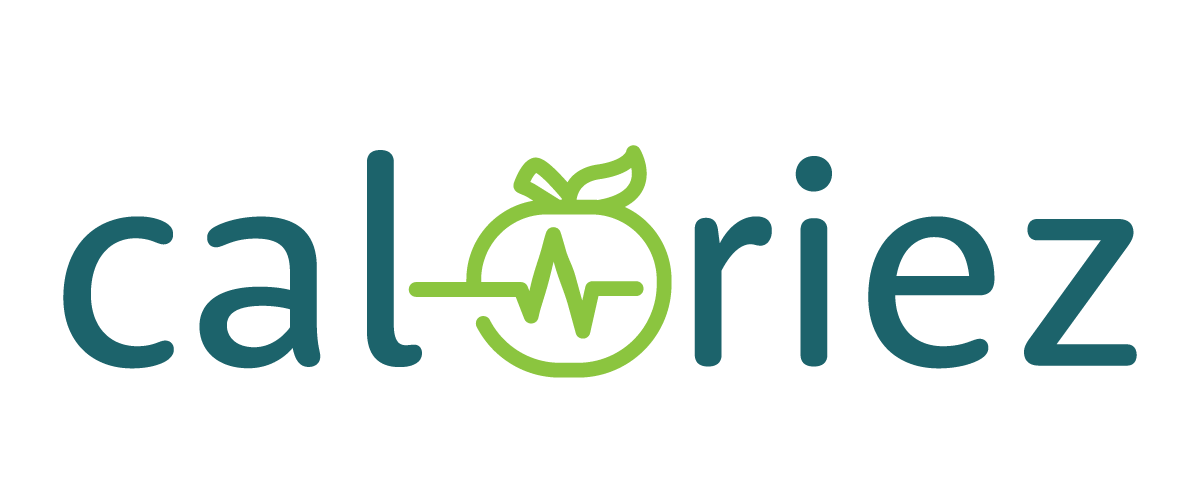When it got here to housing, Susan Apel and Keith Irwin thought that they had deliberate adroitly for later life. They purchased a four-bedroom home on two acres in Lebanon, N.H., 24 years in the past, and “we made positive to repay the mortgage earlier than we retired,” mentioned Ms. Apel, 71.
That means, the house fairness that they had constructed up — they estimate their home is now value about $700,000 — would enable them to promote and downsize into smaller, extra manageable quarters once they wanted them.
That point has arrived. Ms. Apel, a retired regulation professor, is having bother climbing stairs. Mr. Irwin, 71, beforehand an account supervisor for an area enterprise, is wearying of yard work and snow shoveling, and discovering employees to do these chores as an alternative has turn into troublesome.
“We’re seeing the writing on the wall,” Ms. Apel mentioned. They’ve began looking for “a pleasant two-bedroom condominium with a bit of den, all on one ground.”
However they’ll’t discover one. Native builders are placing up four-level townhouses with much more stairs. The few appropriate one-floor houses accessible get immediately snapped up. Metropolis dwellers fleeing Covid helped pump up housing costs: One unit the couple noticed not too long ago value $950,000 and wanted work, Ms. Apel reported. Even “tiny shoeboxes” are promoting for $600,000.
“We had been very grateful to stay on this beautiful place and to have paid off our home,” Ms. Apel mentioned. “It by no means occurred to us that it didn’t give us the power to maneuver out of it.”
About 80 % of older adults stay in houses they personal. However the conventional notion {that a} home with a paid-off mortgage can function an A.T.M. to assist fund retirement residing is shifting, economists report. Homeownership not is an unqualified profit for some seniors.
“Are they getting older in place, or caught in place?” requested Linna Zhu, a analysis economist on the City Institute. “Do we have to rethink this so-called American dream? It labored for earlier generations, however does it nonetheless work right this moment?”
The proportion of older adults with mortgage debt has been rising for many years. From 1989 to 2022, the share of householders aged 65 to 79 with mortgages climbed to 41 % from 24, in accordance with the Harvard Joint Heart for Housing Research. The quantity they owed rose, too, to $110,000 from $21,000, adjusted for inflation.
David Turoff, 73, a veterinarian in Placerville, Calif., nonetheless carries a $180,000 mortgage on his two-bedroom residence, as an example. He refinanced it to take out money, a solution to maintain his observe after the 2008 recession. “I’m glad I did it,” he mentioned, however “it was undoubtedly a threat.” Even amongst owners of their 80s, 31 % have mortgages.
Bigger mortgage balances and better rates of interest — together with larger property taxes, insurance coverage and different prices — have helped make 43 % of older owners with mortgages “value burdened,” outlined as spending 30 % or extra of their earnings on housing and associated prices.
In fact, median residence fairness has additionally risen, leaping by $80,000 in simply three years, to $250,000 in 2022. That’s largely why the Heart for Retirement Analysis at Boston School not too long ago diminished its estimate of the proportion of American households prone to being unable to take care of their lifestyle after retirement.
The middle’s retirement threat index dropped to 39 % in 2022 from 47 % in 2019, an unnerving determine however the lowest it has been because the middle began monitoring it 20 years in the past.
The middle bases its calculations on older owners tapping their residence fairness with reverse mortgages, as Bart Windrum and Deborah Fink did in 2020. By way of the Federal Housing Administration, they acquired a reverse mortgage on their townhouse in Boulder, Colo., with a credit score line of as much as $382,000.
“The explanation was to guard our retirement funds for so long as attainable,” mentioned Mr. Windrum, 71, an creator and speaker.
The credit score line allowed them to repay their current mortgage, afford cataract surgical procedure and complex dentistry (neither lined by Medicare), substitute a 22-year-old automotive and improve their plumbing, all whereas retaining their retirement financial savings intact.
“After we promote this place, I anticipate a 3rd of its worth, in spherical numbers, will go to repay the reverse mortgage,” Mr. Windrum mentioned. As a result of federal laws in 2015 introduced tightened authorities underwriting and client protections, “we felt snug and assured in utilizing this system,” he mentioned.
Dr. Zhu agreed, calling a federal reverse mortgage “a really efficient solution to faucet residence fairness.”
However taking a reverse mortgage or in any other case extracting residence fairness is one thing only a few older owners really do.
Jennifer Molinsky, who directs analysis on housing and getting older on the Harvard middle, cites a “twin thought of homeownership,” wherein accumulating housing wealth represents “a nest egg, a cushion for later life.”
“However on the similar time, no one desires to the touch it,” she added. “They wish to go away it to their youngsters. They wish to reserve it for an emergency.”
Apart from, accessing residence fairness isn’t at all times easy or attainable. With federally insured reverse mortgages — formally Residence Fairness Conversion Mortgages, or H.E.C.M.s — the upfront prices are excessive (topping $17,000 for Mr. Windrum and Ms. Fink) and the paperwork substantial. In 2022, solely 64,500 older candidates acquired reverse mortgages by way of the federal program.
Different methods to entry residence fairness have additionally grown tougher as extraordinarily low rates of interest returned to extra typical ranges. Money-out refinancing by owners over age 65 dropped to 600,000 in 2022 from 941,000 loans in 2021. “It’s not as straightforward to get or as cost-effective because it was,” Dr. Molinsky mentioned.
Older debtors are denied refinancing loans extra usually than youthful ones, partially as a result of lenders take into account earnings in addition to property, and earnings normally declines as employees retire. Residence fairness traces of credit score, or H.E.L.O.C.s, are additionally extra incessantly denied to seniors and fewer engaging at larger rates of interest. And upkeep prices rise over time as homes age together with their homeowners.
Furthermore, as Ms. Apel and Mr. Irwin found, a dearth of appropriate, inexpensive houses for older adults makes downsizing difficult even for these with appreciable housing wealth. “You may get locked in once you’d like to maneuver on,” Dr. Molinsky mentioned.
Older Black and Hispanic owners are in significantly precarious positions as a result of a lot of their wealth is tied up of their homes, mentioned Anthony Webb, a senior fellow on the New College for Social Analysis.
“There’s nothing flawed with having a mortgage on the legal responsibility aspect of the stability sheet, if it’s matched by funds on the asset aspect,” like retirement financial savings, investments and pensions, he mentioned.
However minority owners have far fewer liquid property than white owners, partly due to decrease lifetime earnings. “This can be a story of widening inequality,” Dr. Webb mentioned. Many Black and Hispanic owners “have this asset,” he mentioned, however “it’s going to be a battle to maintain it.”
Policymakers might enhance older adults’ choices by enhancing and streamlining the federal H.E.C.M. program, broadening the standards for refinancing and H.E.L.O.C. loans, and inspiring the event of extra housing, together with houses and residences appropriate for older consumers and tenants.
Specialists agree that homeownership, a potent wealth generator, nonetheless is smart total. Even with mortgages, older owners have better safety in opposition to rising housing prices than renters and are much less more likely to be value burdened. Residence fairness will help fund long-term care, too.
However Ms. Apel and Mr. Irwin, as they proceed their search, really feel pissed off. They don’t wish to go away the group the place they’ve lived for many years, however they’re able to relinquish their home.
“This may be a beautiful household residence,” Ms. Apel mentioned. “However we will’t free it up, as a result of the place would we go?”




